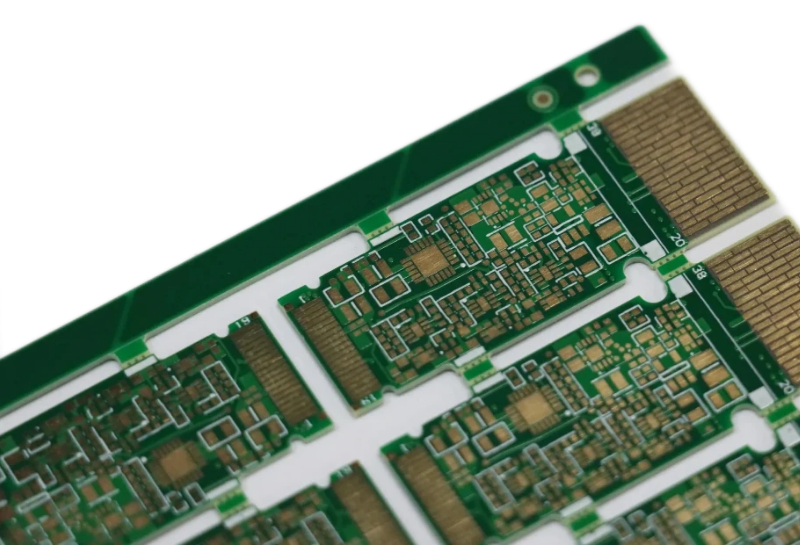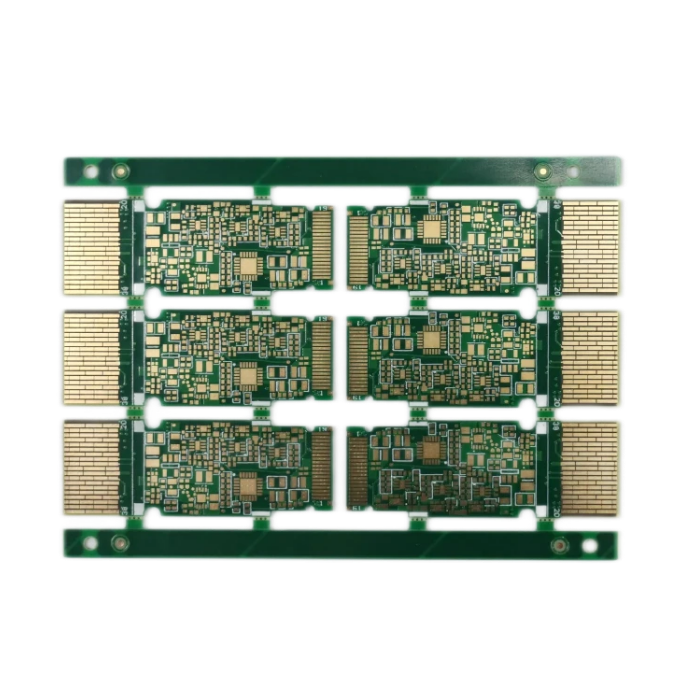PCB Network News


Classification of Optical Module Products (Below 400G)
01
SFP Optical Module
– Compact: Small size, convenient for equipment deployment and replacement.
– High Speed: Supports various transmission rates, such as 1Gbps, 2Gbps, 4Gbps, with some high-end models reaching 4.25Gbps.
– Hot-Swappable: Can be plugged and unplugged while the device is running, facilitating network maintenance and upgrades.
– Flexibility: Supports various fiber types to meet different transmission distances and cost requirements.
02
SFP+ Optical Module
– High Speed: Supports data transmission rates up to 10Gbps, meeting high-speed network demands.
– Compatibility: Compatible with SFP modules, allowing interchangeable use.
– Low Power Consumption: Lower power consumption helps reduce overall energy use of network devices.
– Compact: Similar dimensions to SFP but with stronger performance.
03
SFP28 Optical Module
– Ultra High Speed: Supports data transmission rates of 25Gbps, an upgrade from SFP+.
– High Density: Smaller size helps increase port density of devices.
– Compatibility: Compatible with SFP+ modules, allowing interchangeable use.
– High Performance: Suitable for high-bandwidth applications such as data centers and network switches.
04
QSFP+ Optical Module
– Ultra High Speed: Supports data transmission rates of 40Gbps, meeting ultra high-speed network demands.
– High Density: Four-channel design increases port density of devices.
– Low Power Consumption: Lower power consumption helps reduce overall energy use of network devices.
– Flexibility: Supports various fiber connectors and transmission protocols.
05
QSFP28 Optical Module
– Ultimate Speed: Supports data transmission rates of 100Gbps, one of the widely used high-end optical modules in the market.
– High Density: Four-channel design further increases port density of devices.
– Compatibility: Compatible with QSFP+ modules, allowing interchangeable use.
– High Performance: Widely used in data centers and cloud computing fields that require ultra-high-speed data transmission.
06
QSFP-DD Optical Module
– Ultra High Bandwidth: Rates of 200Gbps and 400Gbps are available, meeting different high-speed network demands.
– Efficient Channels: The 200Gbps version uses 8 channels of 25Gbit/s, while the 400Gbps version uses 8 channels of 50Gbit/s for high-speed data transmission.
– High Density: Provides higher port density and transmission rates while maintaining the same volume.
– Advanced Design: Designed for data centers and high-performance computing environments, supporting higher data transmission rates and lower latency.
Introduction to QSFP-DD 400G Optical Module

Source: Jieduobang PCB
Copyright Statement: This article’s copyright belongs to the original author and does not represent the association’s views. Articles promoted by the “Guangdong Circuit Board Industry Association” are for sharing purposes only. If there are any copyright issues, please contact us for removal.